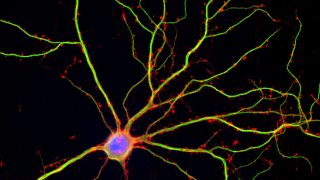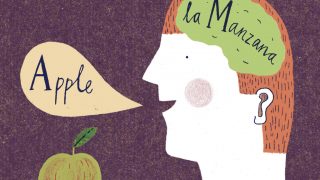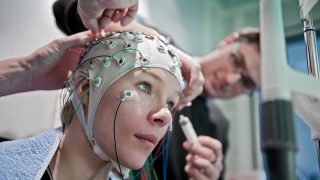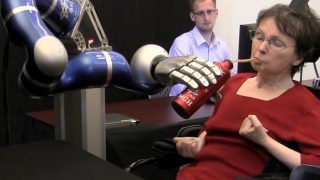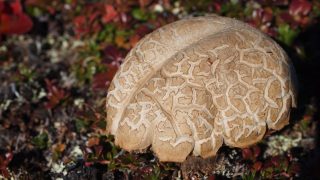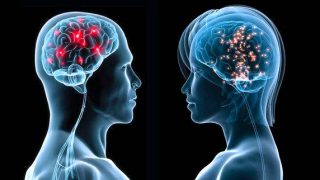
Sexual differences in the human brain
Sexual differences in the human brain, both in structure and function, have a high scientific interest and a clear social impact. In the biological part because of the different susceptibility of both sexes to some developmental disorders such as autism — four times more frequent in males than in females — , and also to […]


